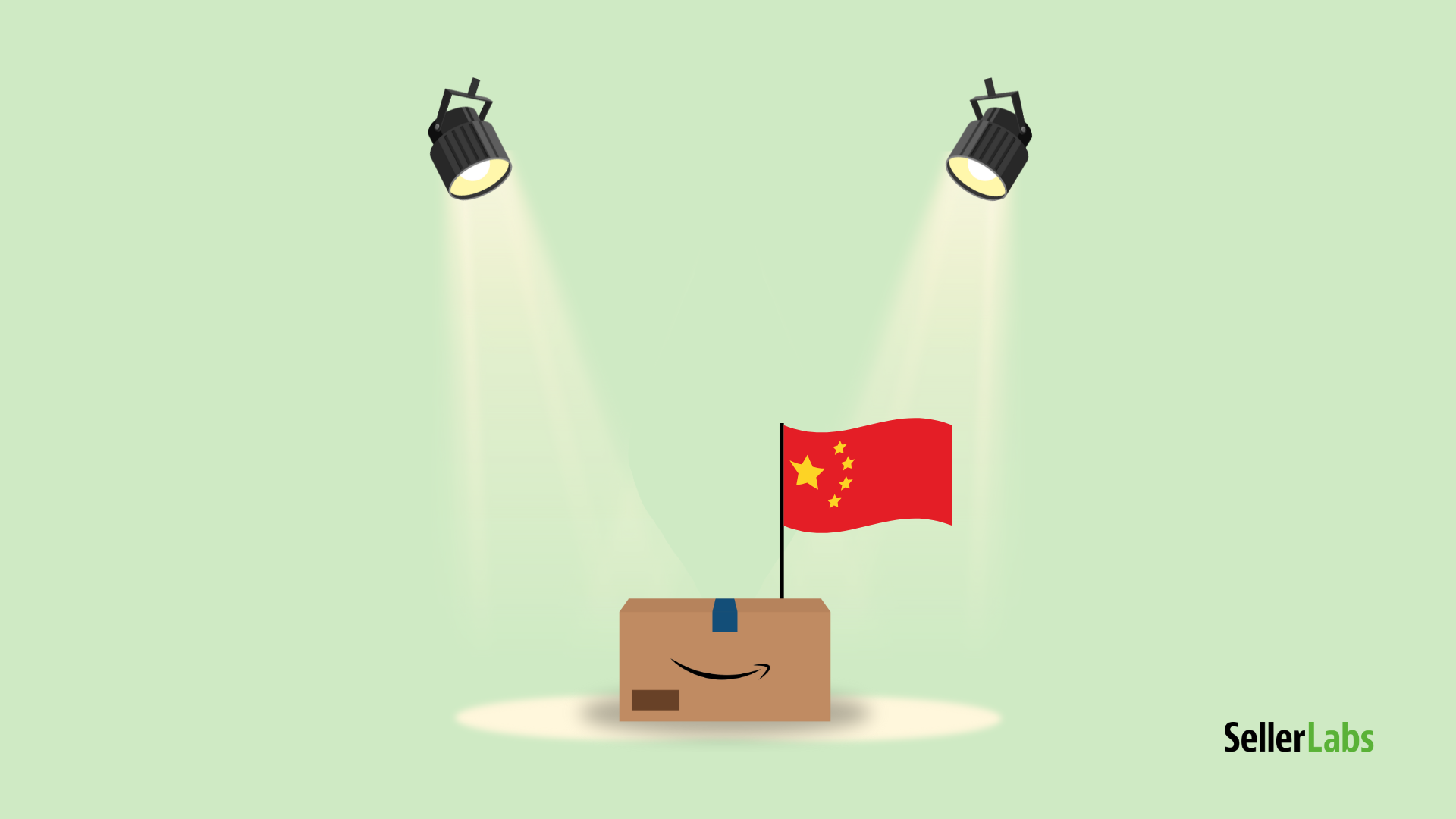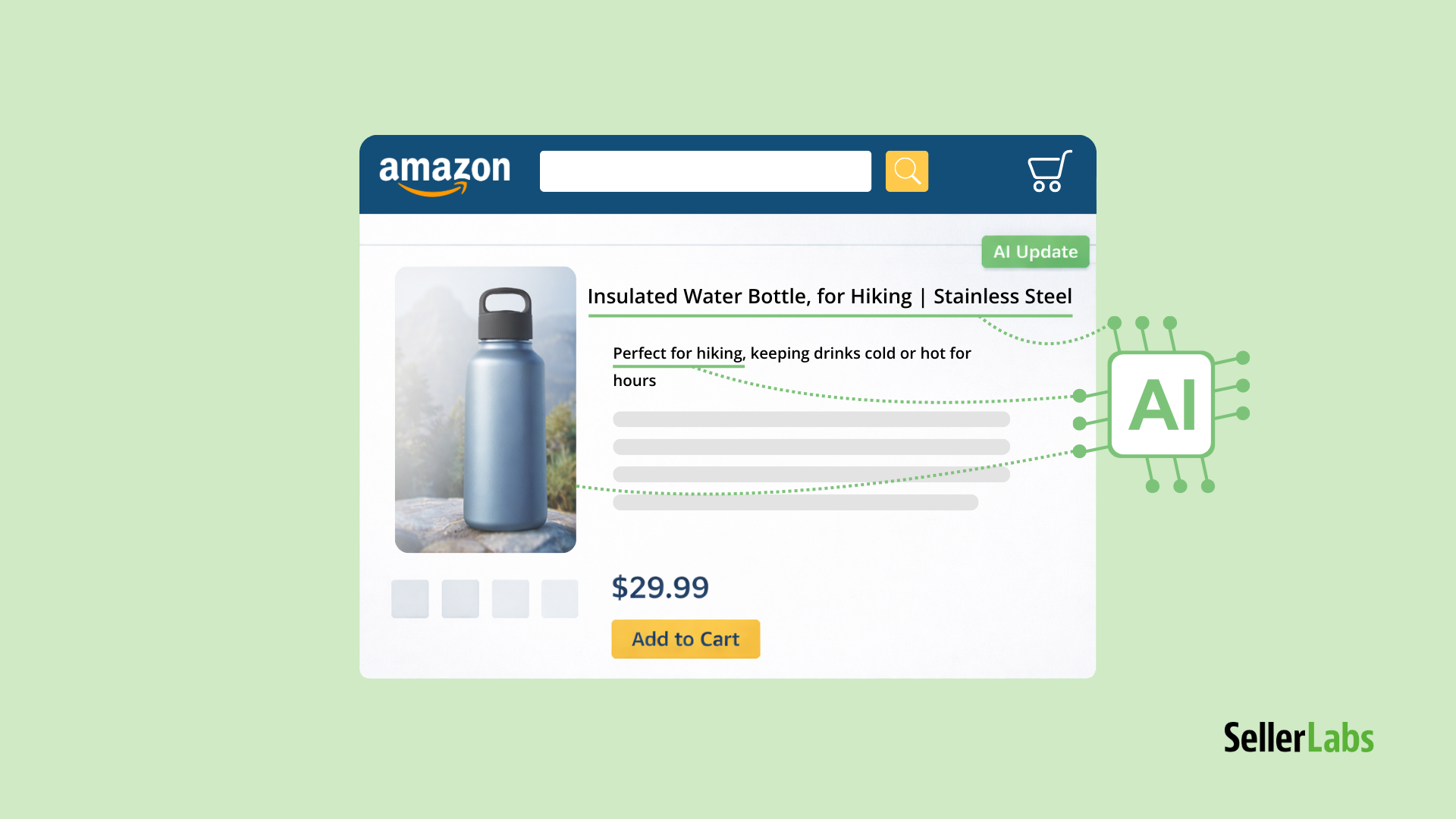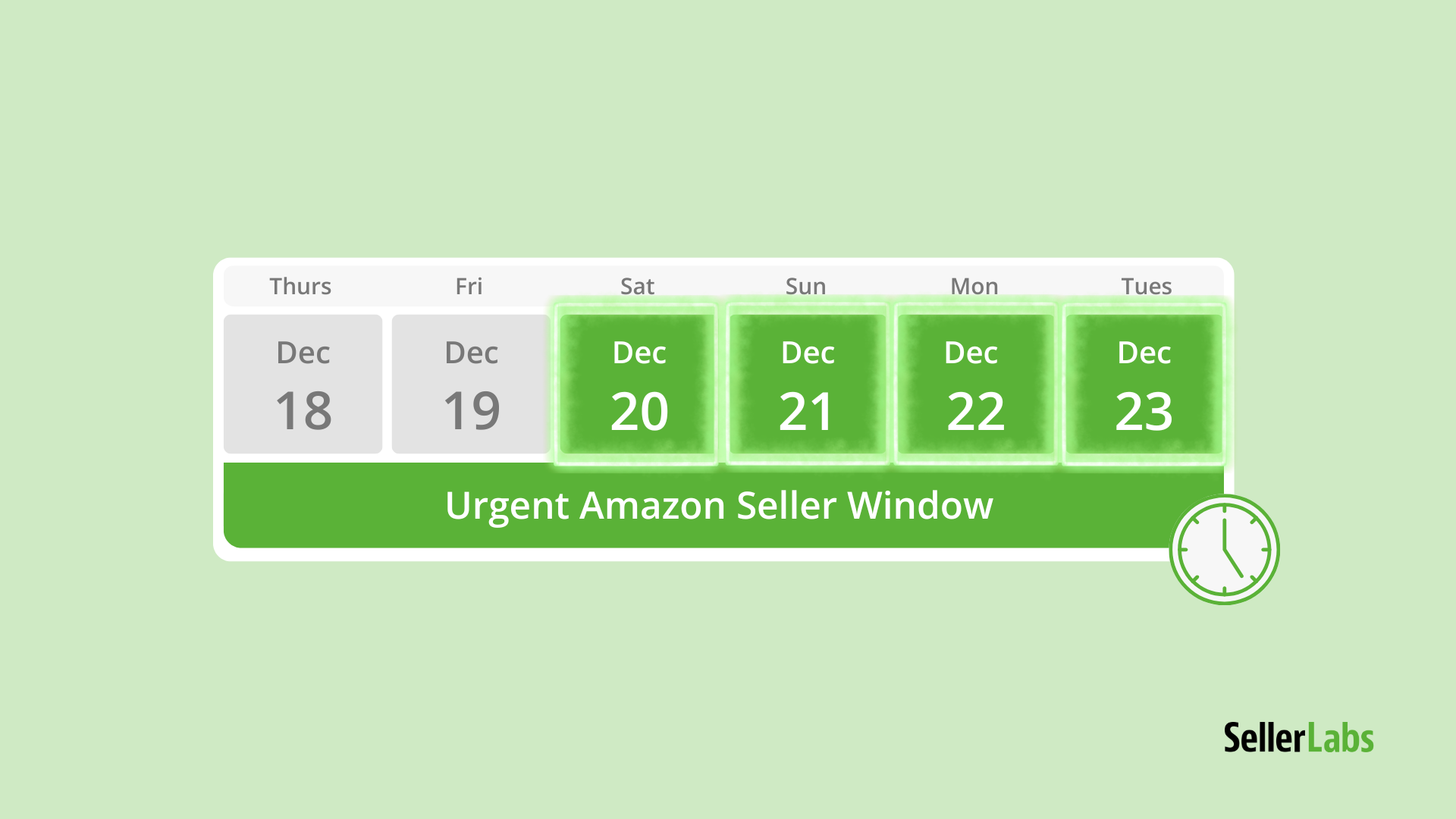🇨🇳 A Major Policy Shift Becomes Reality
After months of speculation, Amazon has confirmed it will begin sharing quarterly tax data on China-based sellers with the State Administration of Taxation (SAT). The first report—covering Q3 2025—is due October 31 2025.
This isn’t a voluntary gesture. It’s a response to China’s new tax transparency laws:
- State Council Order No. 810 (“Regulations on the Reporting of Tax-Related Information by Internet Platform Enterprises”)
- Announcement No. 15 (2025) from the SAT (“Notice on Matters Related to Tax Information Reporting by Internet Platform Enterprises”)
Together, they require platforms such as Amazon, Walmart, Shopify, and SHEIN to submit detailed revenue and identity data for Chinese sellers—or face a 25% corporate income-tax penalty for non-compliance.
From Loopholes to Compliance
For years, China-based sellers thrived in a regulatory gray zone. Platforms operated independently from China’s tax bureaus, creating gaps sellers exploited by:
- Keeping revenue offshore via Payoneer or similar accounts.
- Running through personal bank accounts to avoid corporate taxes.
- Inflating costs to lower declared profits.
Those days are ending. The SAT’s Golden Tax System Phase IV cross-checks Amazon-reported sales with domestic filings and bank records. If Amazon reports ¥50 million in sales for a company that only declared ¥5 million, it automatically triggers an audit—and potential back-tax recovery, late fees, and fines.
The Fallout for Chinese Sellers
The new reporting regime divides China’s sellers into clear winners and losers:
- Workshop-style sellers: ultra-small, cash-based operators with no formal VAT invoices or bookkeeping. These face extinction; they can’t verify costs or prove compliance.
- Mass-listing sellers: companies that flood Amazon with multiple storefronts and low-margin SKUs under shell entities. Their thin margins vanish once 25% corporate tax applies.
- Mid-tier sellers: even legitimate small companies that used “dual ledgers” must reconcile years of under-reported income. Cash flow crunches and audits are inevitable.
- Compliant brands and enterprises: the big winners. Larger, tax-compliant exporters can now compete on branding, quality, and service rather than tax avoidance.
The new policy is expected to eliminate non-compliant sellers and push China’s cross-border e-commerce sector toward greater professionalism, brand building, and long-term sustainability.
A Step Toward Marketplace Fairness — With Caveats
For U.S. and EU sellers, this shift might finally narrow the long-standing gap in effective tax burden. But as EcomCrew cautions, many Chinese operators are simply reincorporating as U.S. LLCs or offshore entities to avoid reporting obligations—making the “decline” in Chinese seller share largely cosmetic.
So while the playing field is leveling, enforcement will determine how real the change is. Data transparency is only as strong as the loopholes left unclosed.
What Sellers Should Watch
- Category-level pricing trends
Track whether prices in heavily China-dominated categories (electronics accessories, kitchenware) stabilize or rise slightly as compliance costs kick in. - Ad competition shifts
If some non-compliant sellers exit, CPCs could ease marginally—but don’t count on it yet. - New LLC registrations
Surges in “retail trade” LLC filings in Delaware or Wyoming may signal Chinese sellers re-flagging their businesses. - Supplier transparency
U.S. sellers sourcing from China may face requests for new tax-compliant invoices or documentation—budget for that. - Policy ripple effects
Other governments may follow suit, requiring Amazon to share similar data for their own tax residents.
The Bottom Line
China’s crackdown on e-commerce tax evasion marks a turning point in global online retail. While Seller Labs software doesn’t operate within Chinese marketplaces, U.S. and international sellers can still feel the impact — from shifting competition and category pricing to sourcing and supplier costs.
The smartest move? Stay data-informed. Track how these regulatory changes influence your own margins, ad costs, and inventory flow in Amazon’s U.S. and global markets.
Stay Ahead of Global Marketplace Changes
Even if you’re not selling in China, global compliance shifts like this one ripple across every corner of Amazon.
Stay informed and keep your business agile with Seller Labs — track profitability, monitor SKU-level performance, and adapt pricing and ad strategies as competition evolves.
For a limited time, get 30% off your first month — after your 30-day free trial.
Related Blogs
- New Tariffs in 2025: What Amazon Sellers Need to Know [Updated April 2025]
Learn how international tariff changes and global trade policies impact Amazon pricing and product sourcing. - How to Vet Overseas Suppliers in 2025 | Amazon Seller Sourcing Guide
Discover strategies to verify suppliers, confirm tax-compliant invoices, and avoid compliance pitfalls in global sourcing. - Amazon Fee Changes for 2025: How They Affect Sellers
Stay compliant with Amazon’s evolving storage, fulfillment, and fee structures that impact cross-border sellers. - Amazon FBA Compliance Checklist for 2025
Avoid costly errors with a step-by-step guide to FBA rules, storage requirements, and operational compliance. - How Do I Know Which SKUs Are Hurting My Profit Margins?
Learn how to measure true profit across SKUs, fees, and sourcing regions with Seller Labs’ Profit Genius suite.






